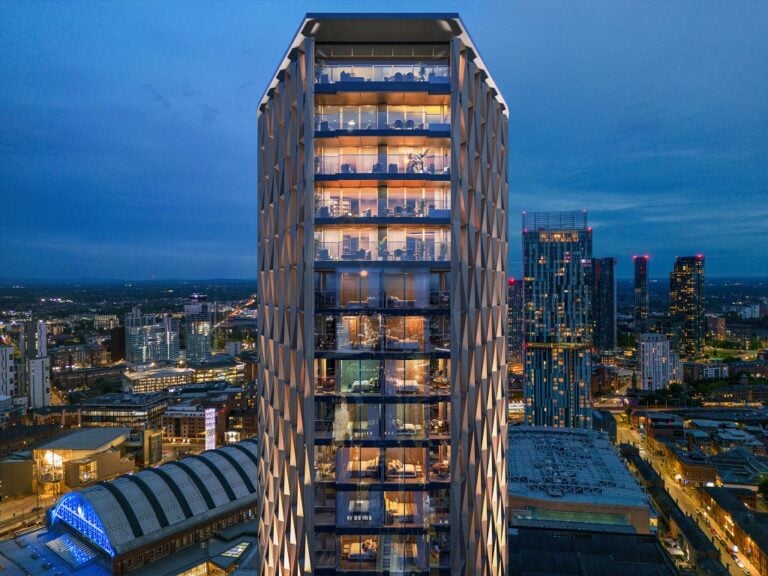The populations of some of the country’s major cities have more than doubled over the past 15 years, especially in the north of England, and urban living is now the top choice for youngsters.
The likes of Manchester, Liverpool and Birmingham have seen so much investment and growth since the turn of the millennium, they are arguably almost unrecognisable now compared to what they once were. Trendy bars, upmarket shops, modern office blocks and smart residential units have all sprung up to attract a whole new type of resident, and as a result the populations have grown exponentially.
Since 2002, the number of people living in Liverpool city centre has almost tripled, from 9,100 people to 25,600 people in 2015 when the data was last compiled by the Centre for Cities – an increase of 181% making Liverpool the fastest growing city in the country. Regeneration in areas such as the Albert Dock, as well as the huge levels of investment seen as a result of the city being crowned the European Capital of Culture in 2008, have all served to transform Liverpool over recent years and attract huge numbers of new inhabitants.
The second fastest growing city was Birmingham, which saw its population soar by 163% over the same period, growing from 9,800 to 25,800 people. This is followed by Leeds which has multiplied by 150% from 12,900 to 32,300 city centre dwellers, and Manchester with a 149% leap from 14,300 to 35,600 people.
A different type of city dweller
Urban regeneration introduced largely by Labour in the early 2000s has played a huge part in all of these cities’ transformations, while student populations have also risen which has provided a huge contribution to the city centre populations. Graduating students have been enticed to stay on in the cities, attracted by an increase in the job markets, which has also led to a rise in young professionals relocating to city centres in search of the best employment options.
Manchester was revealed as the top place in the UK for job growth, according to the research, with an increase of 84% in city centre jobs between 1998 and 2015.
Young, single professionals are one of the top inhabitants of city centres now, with the number of 20 to 29-year-olds living in large cities rising by almost three times over the first 10 years of the millennium, and this trend seems set to continue. Three-quarters of city centre residents live in rented flats, while more than a third are educated to degree level, with more than 50% working in high-skilled jobs.
How London compares
While London has by far the highest population, and the biggest growth in terms of numbers from 268,700 to 327,200, the actual percentage change is relatively small at just 22% between 2002 and 2015. This could be a result of the lack of available land on which to build and increase residential accommodation, as well as the higher costs involved.
The results were compiled based on the “city centre” of London encompassing a two-mile radius from the centre, a 0.8-mile radius for cities with 550,000 to four million inhabitants, and a 0.6-mile radius for towns and cities with populations of 135,000 to 550,000.










